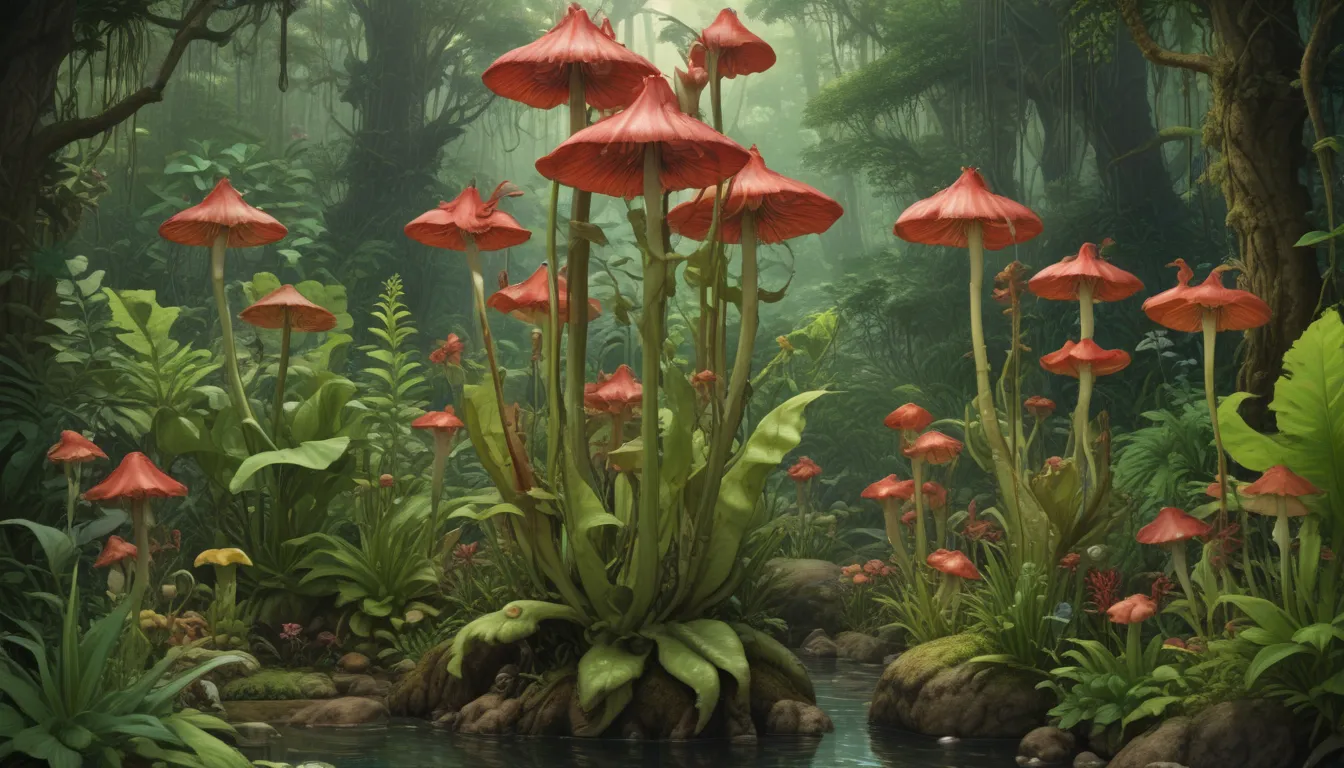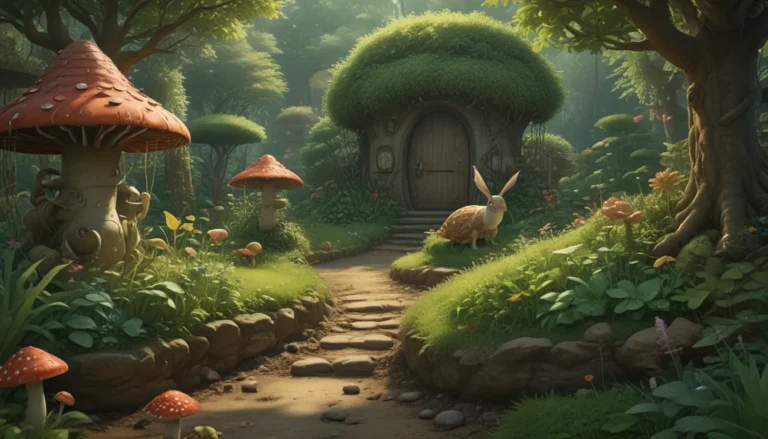Comprehensive Guide to Growing and Caring for Pitcher Plants

Pitcher plants, part of the Sarracenia genus, are mystical, carnivorous plants that grow in wetlands and bogs. The preference for specific conditions that these plants thrive in makes them unique and intriguing. Whether you’ve come across pitcher plants in the wild or in someone’s yard, you’re likely curious about how to grow and care for these captivating botanical wonders.
In this in-depth guide, we’ll explore how to replicate the natural conditions that pitcher plants love so you can successfully cultivate and maintain these fascinating plants in your own yard or garden. From propagation to pruning and maintenance, we’ll cover everything you need to know to help your pitcher plants thrive.
Unlocking the World of Pitcher Plants
Pitcher plants are known for their trumpet-shaped leaves that form pitfall traps to attract and digest insects. They use nectar, colors, and slippery surfaces to trap their prey, making for a fascinating interaction with their environment. From Sarracenia purpurea to Sarracenia psittacina, each species has unique characteristics that contribute to their carnivorous nature.
Cultivation and History
French surgeon Dr. Michael Sarrazin unknowingly opened the door to the study of pitcher plants when he sent samples of these plants to the French Academy of Sciences. Botanists discovered the true nature of these plants, leading to a deep dive into their anatomy and habitats. Sadly, many pitcher plant species are now threatened or endangered due to the destruction of their natural habitats.
Propagation
Propagating pitcher plants can be achieved through seed germination or rhizome division. Cold stratification is necessary for seeds to germinate successfully, while dividing rhizomes before new growth sprouts in the spring allows for multiple plantings. Starting from mature specimens is a reliable method to clone parental characteristics ethically.
How to Grow
Location is key when growing pitcher plants. Full sun and boggy conditions are essential for these plants to thrive. Using distilled water or rainwater is crucial, as other water sources can contain harmful levels of nutrients. Maintaining proper moisture levels and avoiding overwatering are key to successful growth.
Growing Tips
- Plant in full sun and boggy conditions.
- Use distilled or rainwater only.
- Maintain proper moisture levels, avoiding overwatering.
- Be mindful of seasonal temperature changes to protect dormant plants.
Pruning and Maintenance
Regular maintenance includes deadheading spent blooms and removing dead or dying leaves. Dividing rhizomes every three to four years enhances plant health and reduces crowding. Feeding less than one-inch diameter pitchers is optional, and distressed insects inside the tubes should be washed away to prevent inflammation.
Varieties to Select
Sarracenia offers a variety of cultivars and varieties with unique features and characteristics. From S. flava var. maxima to S. leucophylla var. tarnok, each cultivar brings something special to your garden or landscape. Selecting the right variety based on hardiness, color, and size can enhance the beauty of your pitcher plant collection.
Managing Pests and Disease
Common pests such as aphids, mealybugs, scale, slugs, and snails can affect pitcher plants. Remaining vigilant and taking preventive measures can help control these nuisances. Disease prevention is crucial, as harsh chemicals can harm these delicate plants. Implementing organic practices and careful monitoring can prevent and manage common diseases like botrytis and root rot.
Best Uses for Pitcher Plants
Pitcher plants are versatile additions to your landscape or garden. From creating a bog garden to repurposing low-lying areas, these plants offer insect control and habitat replenishment benefits. Pairing pitcher plants with suitable companion plants such as Venus flytraps and sun orchids can create a visually stunning and environmentally-friendly habitat.
Closing Remarks
Pitcher plants are not only beautiful but also serve as natural pest control agents. Whether you’re restoring a wetland habitat or adding them to a container garden, these plants offer a unique and enchanting presence. With the right care and attention, your pitcher plants will flourish and continue to captivate you with their mysterious charm.
Quick Reference Growing Guide
- Plant Type: Carnivorous flowering perennial
- Hardiness (USDA Zone): 3-11, depending on species
- Bloom Time: Spring
- Exposure: Full sun
- Water Needs: High
- Soil Type: Sandy
- Soil pH: 4.0-6.0
- Height: 6-36 inches, depending on variety
- Spread: 8-36 inches, depending on variety
- Attracts: Bees, butterflies, wasps (flowers); ants, bees, beetles, flies, gnats, mosquitoes, wasps (sap)
- Companion Planting: Bamboo, butterwort, cinnamon fern, elderberry, holly, iris, lady slipper orchid, mint, mountain bog gentian, pogonia, rose mallow, golden-scaled male fern, southern lady fern, southern shield fern, sundew, tuberous grass pink, Venus flytrap
Remember to always choose ethical sources to purchase plants from, as poaching wild specimens threatens pitcher plant populations. With proper knowledge and care, you can enjoy the unique beauty and functionality of pitcher plants in your garden or landscape.
Let the enchanting world of pitcher plants inspire you to create a captivating and diverse environment that benefits both your plants and local wildlife. Add a touch of mystery and intrigue to your outdoor space with these carnivorous wonders.





